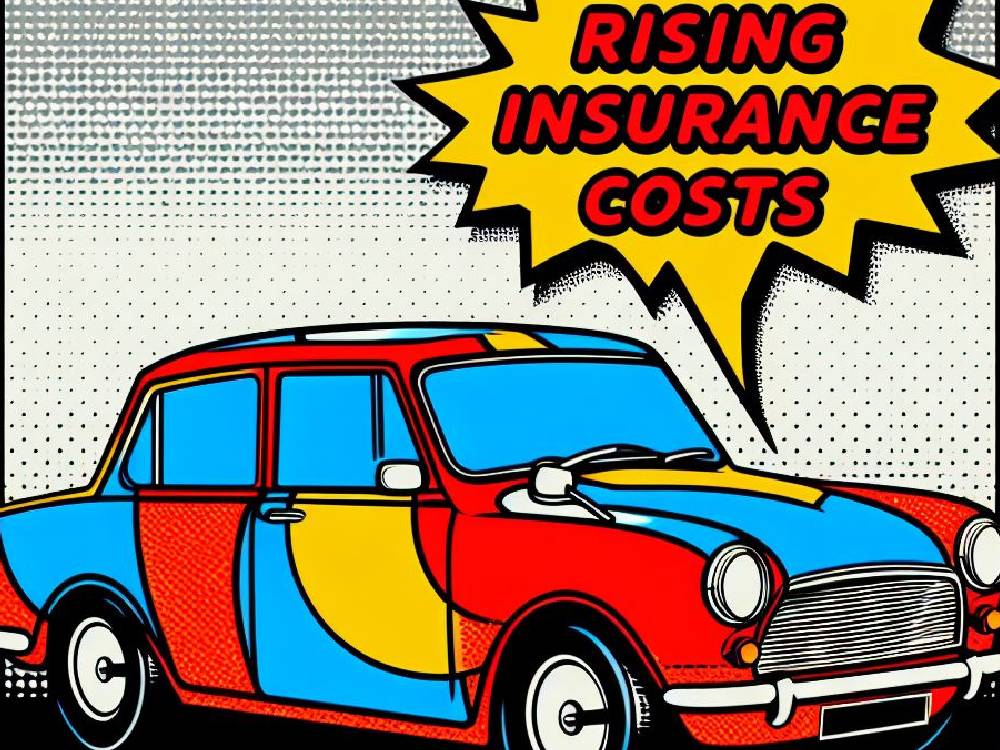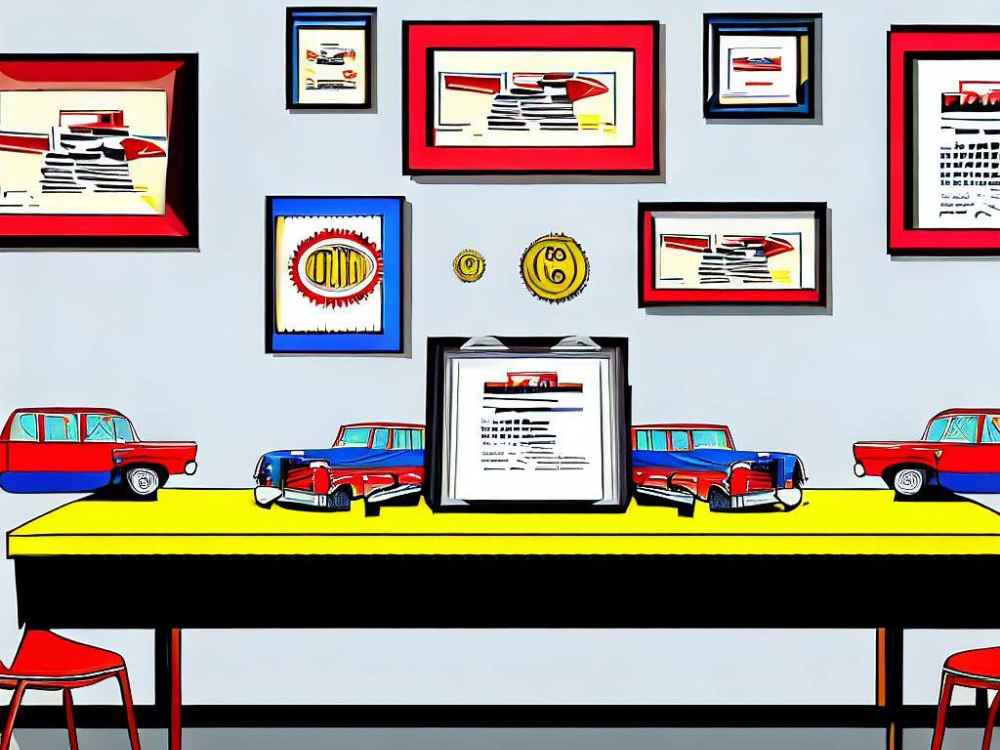Introduction
Are you worried about what happens if a learner driver causes an accident? You’re not alone.
Both learner drivers and their instructors must fully understand the legal and insurance-related ramifications that can arise.
Moreover, this guide will walk you through what occurs from the moment an accident happens to the final resolution of claims and potential legal issues, offering a comprehensive overview of necessary steps and responsibilities.
- Legal Responsibilities: Firstly, learn what the law expects from learner drivers.
- Insurance Requirements: Also, discover how proper insurance helps manage the aftermath.
- Immediate Actions: Then, find out what to do right after an accident.
- Instructor’s Role: Additionally, understand the responsibilities that driving instructors have during accidents.
- Financial Implications: Lastly, see how accidents can affect insurance premiums.
Learner Driver Duties And Insurance Requirements
In the UK, the law holds learner drivers to the same duty of care as fully licensed drivers.
This means they must adhere to all road safety laws and regulations.
But what exactly does this mean for learners?
Before even starting to drive, securing appropriate insurance is imperative for learners.
As a result, this insurance not only protects them but also ensures any third parties affected by an accident can claim damages.
Isn’t it comforting to know that Learner driver Insurance is tailor-made to cover these specific circumstances?
Immediate Steps After An Accident For Learner Driver
When a learner driver gets involved in an accident, following a standard set of procedures to comply with legal requirements is critical.
Firstly, the learner must stop the vehicle, no matter the severity of the accident.
You might wonder, why stop?
It’s because leaving the scene is illegal.
The learner and the instructor must ensure everyone involved is safe, turn off the engine, and activate the hazard lights.
What comes next?
They must then exchange details with the other party involved; this includes sharing contact information, insurance details, and vehicle registration numbers.
Taking these steps is essential for the effective processing of insurance claims and legal documentation.
Driving Instructor’s Role And Responsibilities
Driving instructors have a crucial role in managing the situation when a learner is involved in an accident.
They must guide the learner on the proper steps to take after the accident and ensure they remain calm and composed.
Now, consider the insurance aspect:
Instructors often carry specific insurance policies that cover incidents during lessons.
These policies not only protect the instructor but also provide an added layer of security for the learner, covering potential damages or liabilities that may arise.
Consequences Of A Learner Drivers Negligence
Can negligence lead to severe consequences for a learner driver?
Absolutely.
If authorities find a learner negligent, they could be liable for damages to property and any injuries that occur.
So, what should learners do to avoid this?
They must strictly adhere to driving laws and the instructor’s directions.
What could happen if they don’t?
Legal actions could include fines or even more severe penalties, depending on the nature of the accident and the negligence involved.
Insurance Claims And Premium Impacts
Initiating an insurance claim is a necessary step after an accident.
For learners, this process might seem daunting, but it’s essential for addressing the financial ramifications of the accident.
How soon should they act?
Claims must be made promptly to ensure all damages are covered.
What happens after filing a claim?
Accidents typically lead to an increase in future insurance premiums.
Both learners and instructors should brace for this financial impact, which highlights the importance of driving cautiously and responsibly.
Legal Proceedings And Possible Penalties For Learner Driver
What if legal proceedings follow the accident?
Learners might face legal actions that could result in fines or other penalties, especially if the accident results from violating traffic laws or negligent driving.
How serious can this get?
The severity of legal consequences often depends on the specific circumstances of the accident and whether it involved injuries to others or significant property damage.
Advice For Learner Drivers And Instructors Post-Accident
What should learners and instructors do after an accident?
It’s vital to follow all legal guidelines and cooperate fully with insurance procedures.
Why is this important?
Proper post-accident actions can significantly mitigate potential negative outcomes, both legally and financially.
Preventive Measures And Safe Driving Tips
Lastly, how can learner drivers prevent accidents?
Adopting safe driving practices and being vigilant on the road are crucial. Instructors should emphasise these practices during lessons to instill good driving habits from the start.
Why does this matter?
Preventive measures not only reduce the risk of accidents but also ensure a safer driving learning experience, helping learners become responsible drivers.
Conclusion
Understanding what happens if a learner driver causes an accident is essential for both instructors and learners. The key takeaway is to prepare adequately through proper insurance, knowledge of legal responsibilities, and adherence to safety guidelines.
- Stay Informed: Continuously update your knowledge of driving laws and insurance policies.
- Be Prepared: Always have the necessary documents and contact information handy.
- Drive Safely: Emphasise safety and responsibility every time you’re on the road.
For more insightful tips and guidelines, check out our comprehensive guide on car insurance and discover how to secure the best terms for learner drivers. Equip yourself with the knowledge to handle any situation on the road confidently.








